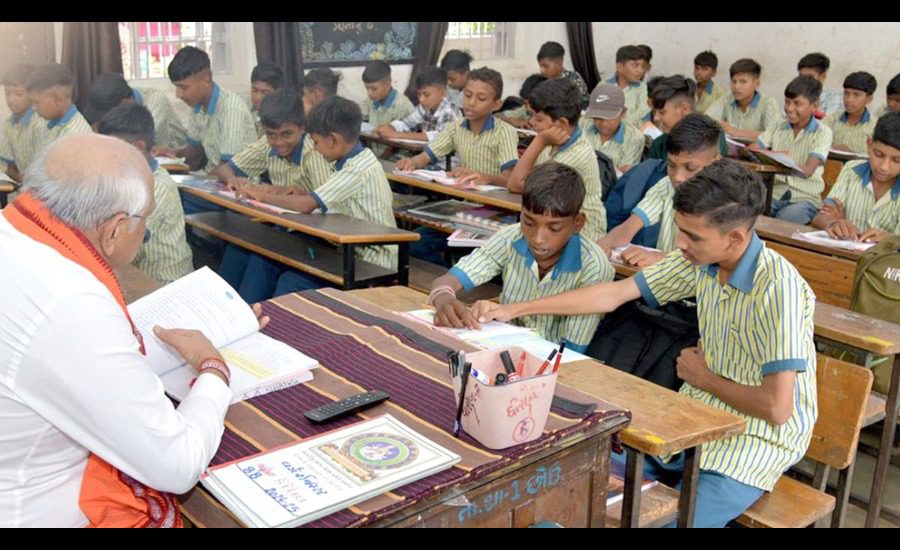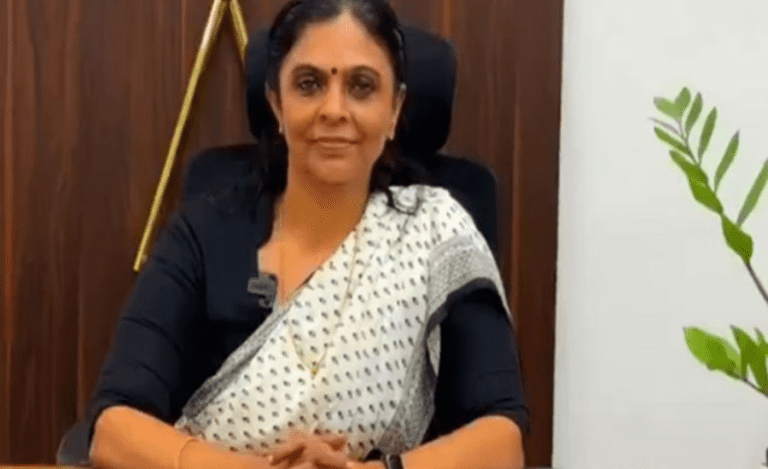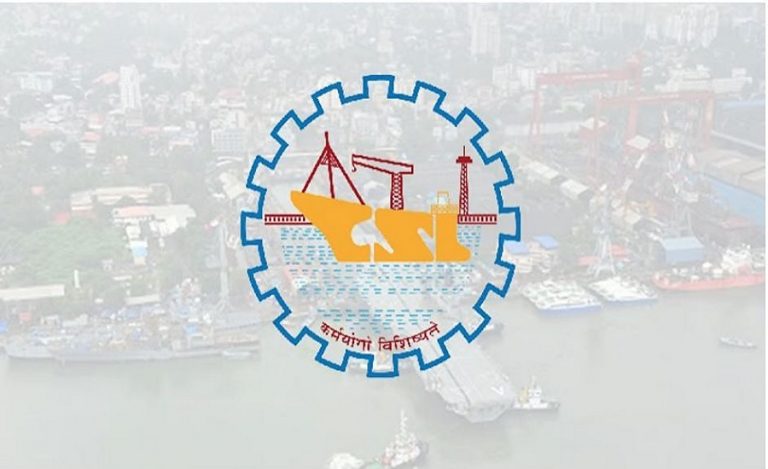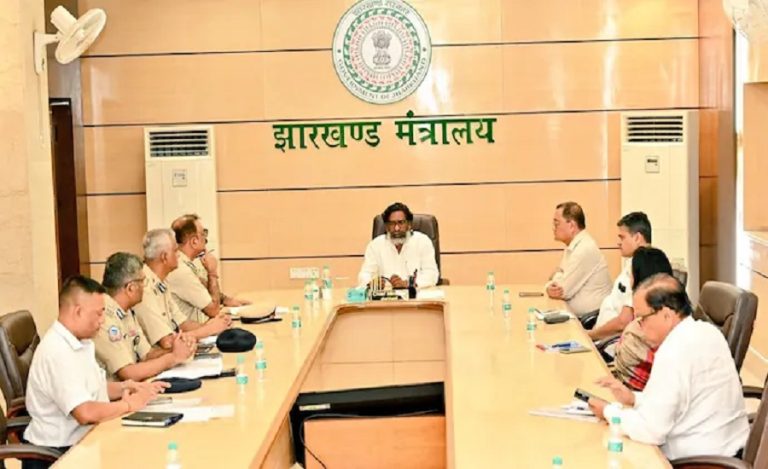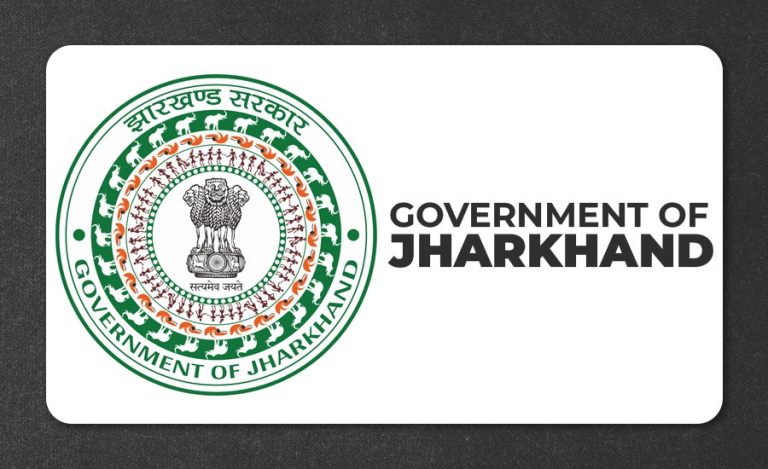Gandhinagar: In a pioneering step toward achieving near-zero dropout rates, the Government of Gujarat has deployed an AI-powered Early Warning System (EWS) to proactively identify primary school students at risk of dropping out. As part of the initiative, around 1.68 lakh students have already been identified using predictive analytics, with targeted interventions planned during the upcoming Shala Praveshotsav 2025.
This initiative aligns with Chief Minister Bhupendra Patel’s vision for an education system that ensures universal enrollment and retention, building on the success of programs launched by Prime Minister Narendra Modi during his tenure as Chief Minister in 2002–03, including Shala Praveshotsav and Kanya Kelavani Rath Yatra. These programs had already reduced dropout rates from 37.22% in 2001-02 to just 2.42% in 2023–24.
What Is the Early Warning System (EWS)?
The AI-driven Early Warning System, developed by the Education Department, utilizes student-level data such as:
- Attendance records
- Academic performance
- Disability status
- Demographics and family background
- School infrastructure and environment
Using this data, the system generates alerts to identify students likely to drop out, allowing for timely, targeted interventions at both the school and administrative levels.
1.68 Lakh At-Risk Students Identified
Of the approximately 1 crore students enrolled in Gujarat’s government primary schools (Grades 1 to 8), less than 2%—around 1.68 lakh students—have been identified as being at risk of dropping out.
The Child Tracking System (CTS) has made these student lists available to schools, enabling on-ground action by:
- School principals and SMCs
- Block and Cluster Resource Coordinators
- District education authorities
These students and their parents will be specially invited to the Shala Praveshotsav 2025, where they will be counseled on the long-term value of education and the risks associated with early dropout.
Focus on Dignity and Respect
The state government has emphasized that no parent or child will face stigma during interventions. Rather, the goal is positive engagement through respectful dialogue, home visits, SMC meetings, and public awareness activities to ensure continued schooling.
District-level monitoring and periodic reviews will ensure that all identified students are re-enrolled and regularly attending school once the academic year begins.
A Step Toward Education for All
This tech-enabled approach represents a paradigm shift in dropout prevention — moving from reactive to proactive strategies. By leveraging artificial intelligence and grassroots implementation, Gujarat is working toward its goal of making school accessible, inclusive, and non-negotiable for every child.
“Our aim is not just enrollment but completion of education,” an education department official stated. “With this AI-based system, we are empowering communities and ensuring no child is left behind.”

